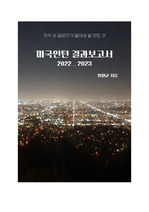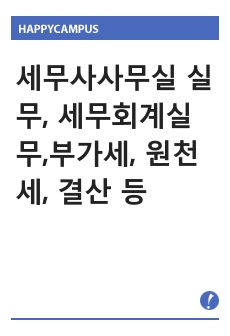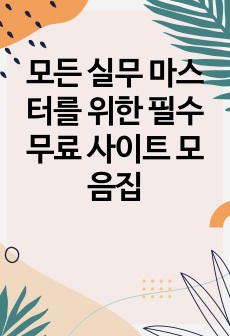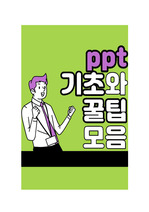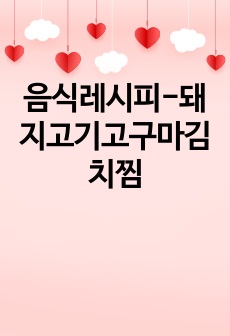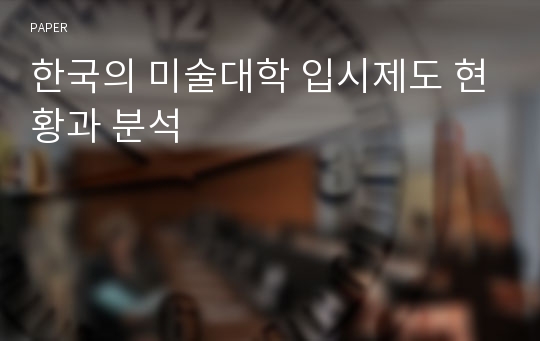* 본 문서는 배포용으로 복사 및 편집이 불가합니다.
서지정보
ㆍ발행기관 : 한국조형교육학회
ㆍ수록지정보 : 조형교육 / 21권
ㆍ저자명 : 김형숙
ㆍ저자명 : 김형숙
목차
Ⅰ. 서론Ⅱ. 미술대학 입시의 선발기준
Ⅲ. 현행 미술대학 입시제도의 이론적 전제와 현황
Ⅳ. 결론
【참고문헌】
ABSTRACT
영어 초록
The entrance examinations in Korea have been directly or indirectly responsible for Korean students' ability to advance into higher social status and achieve success in life. However, it has been continuously pointed out that the entrance examination used in Schools of Art in Korean universities has not functioned as an appropriate testing tool for assessing the capacity of students in Korea.This paper examines the present condition of the entrance examination in Schools of Art in Korean universities and asserts the need to reform the existing entrance exam. The following research questions have been used: What is intelligence in visual arts? Have Korean universities developed appropriate tools to assess intelligence in the visual arts?
The entrance examination that is used to assess students who wish to enter a School of Art in a Korean university is meant to assess one's talent in the visual arts. However, art education scholars have been debating the appropriateness of this exam, as it is difficult to assess someone's "talent," and, throughout the history of education and art education, they have not arrived at any consensus regarding intelligence in the visual arts. For example, Joseph Renzulli asserts that one's capacity, creativity, and pertinacity are the key to achieving a certain purpose in the discipline. Howard Gardner lists seven different intelligences of the human being: linguistic intelligence, musical intelligence, logical-mathematical intelligence, spatial intelligence, bodily-kinesthetic intelligence, personal intelligence, and socialization of human intelligence through symbols.
Since 1921 's symposium in Korea, there have been diverse arguments regarding human intelligence. However, we still have not arrived at any conclusions regarding what human intelligence is. In this context, intelligence of visual art has been argued in several ways: Victor Lowenfeld argues that intelligence of visual art can be achieved by intelligent, creative, emotional, social, and aesthetic developments, while Elliot Eisner suggests a more comprehensive perspective. He maintains that intelligence of visual art includes the ability of seeing, interpretation, and judgement of artworks. Therefore, intelligence of visual art can include the ability of thinking, judging, and interpreting, as well as expressing, describing, and observing.
The educational reform of 1995 in Korea gave students a chance by offering them a new paradigm of art education. In the spirit of these reforms, the entrance examination for schools of art was also reformed. Students' comprehensive abilities (thinking, interpreting, and judging the world) were estimated, rather than their ability to describe and draw the world. Thus, most universities in Korea abandoned the plaster drawings that had comprised a major section of the entrance exams in Korea since the 19505. In its place, they incorporated the interview, a test of studio works, a portfolio, and a scholastic achievement test as the new tools for entering a school of art in Korea.
This paper focuses on this shift in the assessment of the visual arts that is so important in the history of art education in Korea. The assessment of students' plaster drawings can be regarded as the traditional assessment of the visual arts, which measures a student's capacity of description, technique, and memory. Meanwhile, the current entrance exam attempts to measure students' holistic capacities that can be called alternative assessment, authentic assessment, and holistic assessment. This assessment measures the applicants' artistic talent, knowledge, understanding, expression, and consideration.
In conclusion, we still need to develop a sophisticated entrance examination for schools of art in Korea. Even though the paradigm of the entrance exams has recently shifted, the government should give the autonomy of standards in assessment in the visual arts to the individual universities, and the individual universities need to develop their own assessment standards for selecting creative young people.
참고 자료
없음태그
"조형교육"의 다른 논문
 한국의 미술이론 관련 대학교육의 역사와 문제점25페이지
한국의 미술이론 관련 대학교육의 역사와 문제점25페이지 3차원 기초조형에 있어서 相互交叉 形態와 幾何學的 構造 分析22페이지
3차원 기초조형에 있어서 相互交叉 形態와 幾何學的 構造 分析22페이지 미술과교육 평가에 관한 연구29페이지
미술과교육 평가에 관한 연구29페이지 미적 태도, 미적 체험의 개념 이해와 미술교육적 논의21페이지
미적 태도, 미적 체험의 개념 이해와 미술교육적 논의21페이지 DBAE의 확장을 위한 인터넷 활용26페이지
DBAE의 확장을 위한 인터넷 활용26페이지 초등학교 미술교육에 있어서 미학적 요소의 필요성28페이지
초등학교 미술교육에 있어서 미학적 요소의 필요성28페이지 제7차 교육과정에 의한 고등학교 미술 내용 체계 비교 분석15페이지
제7차 교육과정에 의한 고등학교 미술 내용 체계 비교 분석15페이지 컴퓨터그래픽 수업이 창의성, 표현성, 심미성 향상에 미치는 효과39페이지
컴퓨터그래픽 수업이 창의성, 표현성, 심미성 향상에 미치는 효과39페이지 일본 초등 미술과 교육의 변천에 관한 연구(1945~2001)36페이지
일본 초등 미술과 교육의 변천에 관한 연구(1945~2001)36페이지 독일 통합교안 구조 연구25페이지
독일 통합교안 구조 연구25페이지










